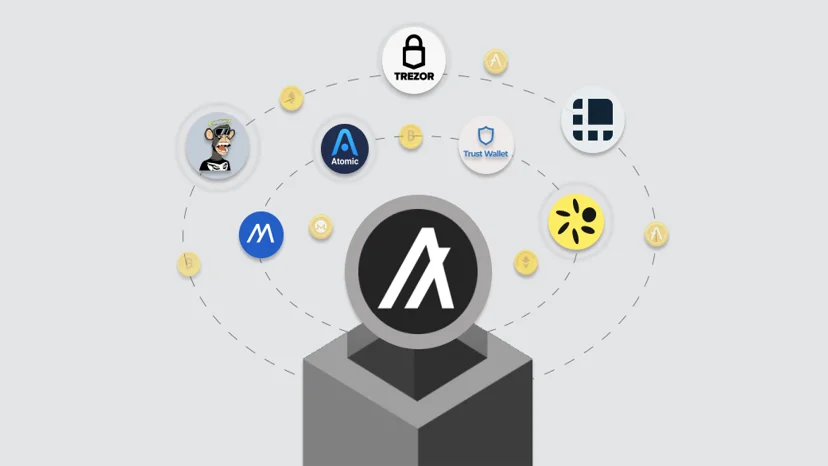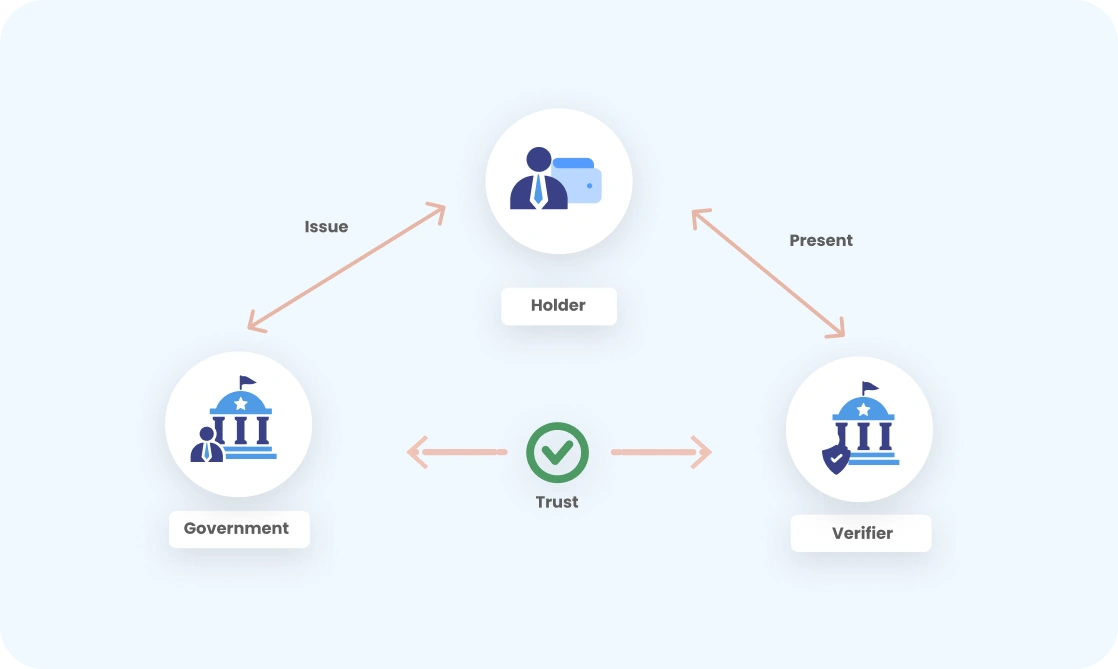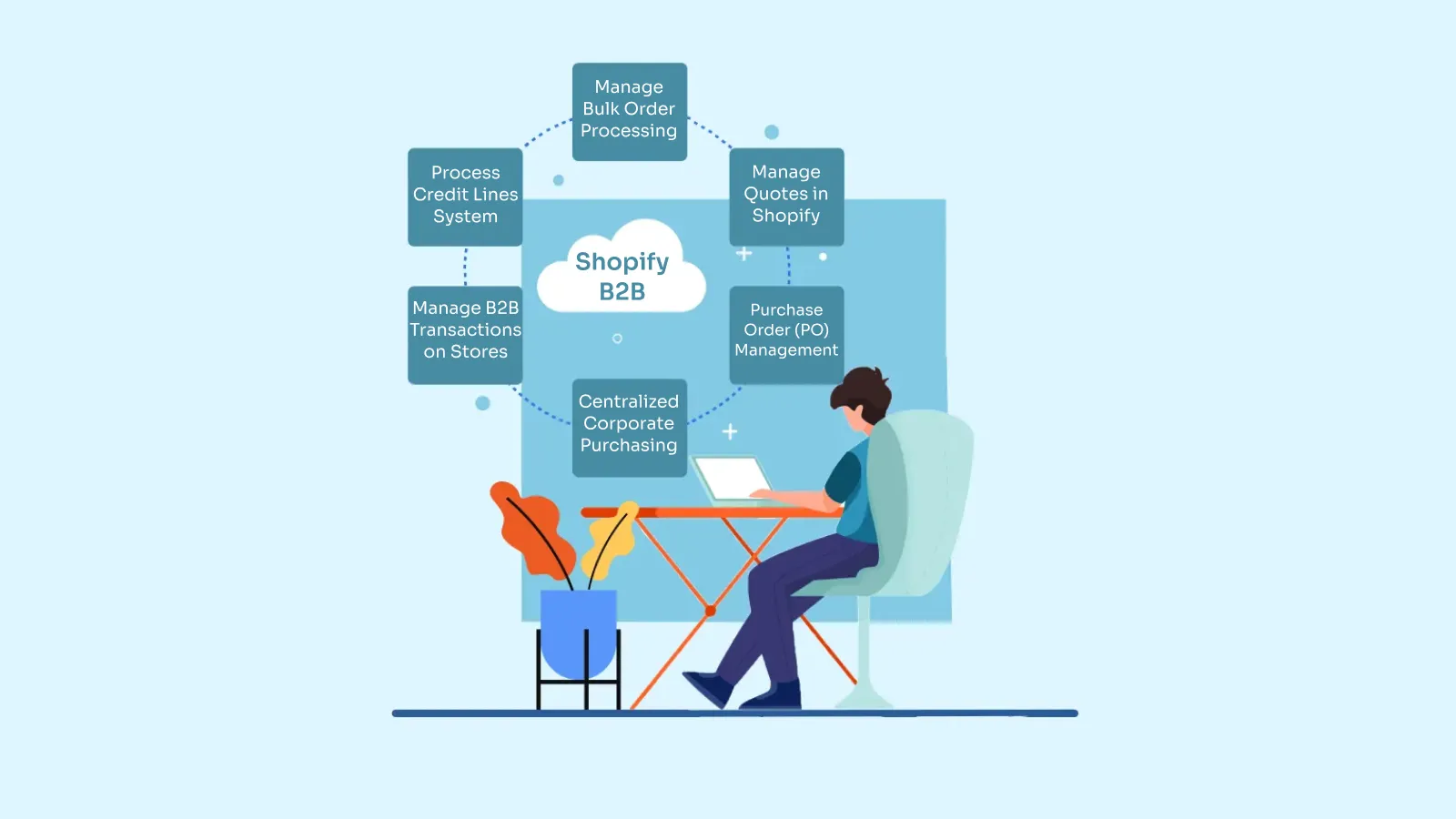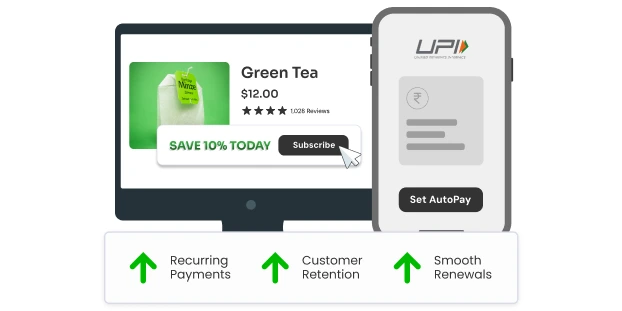Introduction
How to secure your Adobe Connect Login?
Adobe Connect login can be secured with a reverse proxy by configuring HTTP Header Authentication for secure SSO login. With HTTP header-based authentication, users can directly log into Adobe Connect by just clicking on a URL. The Adobe header parameters are set by the reverse proxy for the user at the time of proxied application login, in this case, Adobe Connect login with Adobe Single Sign-On (Adobe Connect SSO).
What is Adobe Connect Login with HTTP Header-Based Authentication?
Adobe Connect SSO with HTTP header-based authentication allows users to be authenticated to access Adobe Connect based on the parameters set in the HTTP headers. Header authentication is used for on-premise backend applications where SSO is not possible and further customizations cannot be done. By enabling Header based authentication with a reverse proxy, users can log in to Adobe Connect on-premise using just the contents of the Adobe header body URL.
Let’s understand the working of HTTP header authentication for Adobe Connect Single Sign-On(SSO) for Adobe guest login.
Working of HTTP Header-Based Authentication for Adobe Connect Login:
Here’s how a reverse proxy works to protect access to Adobe Connect login.
- The user will try to access Adobe Connect.
- The request will go through the reverse proxy server since Adobe Connect is proxied with it.
- The reverse proxy server will initiate an authorization request to the IDP.
- The user will enter the credentials in the IDP and if authenticated, it will send an authorization response to the reverse proxy server else, the access will be denied.
- Then the reverse proxy server will set the header parameters based on this authentication token and then Adobe Connect can be accessed.
- If the user is not authenticated, an error message will be shown by Adobe Connect.
Benefits of Adobe Connect SSO with Header-Based Authentication
Here are some of the benefits of Header based authentication with Adobe Connect SSO.
- It provides secure user SSO login into Adobe Connect.
- Header Based Authentication provides easy customizability for changing the parameters for login depending on the user roles.
- No need for downloading an untrustworthy, third-party application.
- Message Integrity is maintained as we know that the content information will not change.
Conclusion
In this blog, we saw how Adobe Connect login can be secured with HTTP header-based authentication for SSO, by using a reverse proxy server. Header-based authentication allows easy user login by setting the Adobe header parameters of a URL to securely SSO into Adobe Connect.
So, if you’re looking for secure SSO login to Adobe Connect for Adobe guest login using HTTP Header Based Authentication, miniOrange Reverse Proxy fits the bill with world-class service and reasonable pricing.
Additional Resources
Author





Leave a Comment